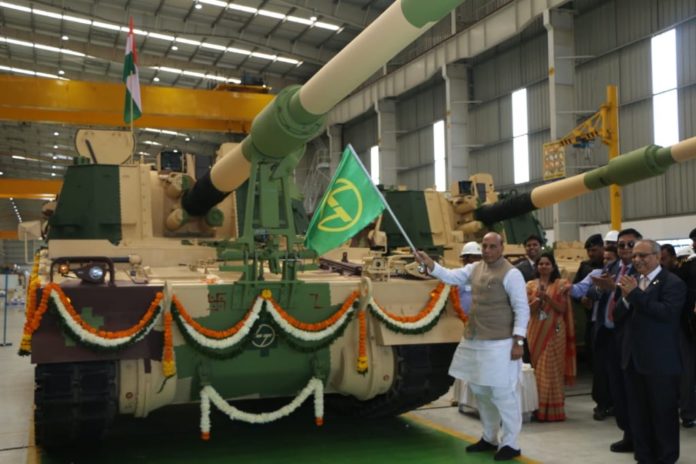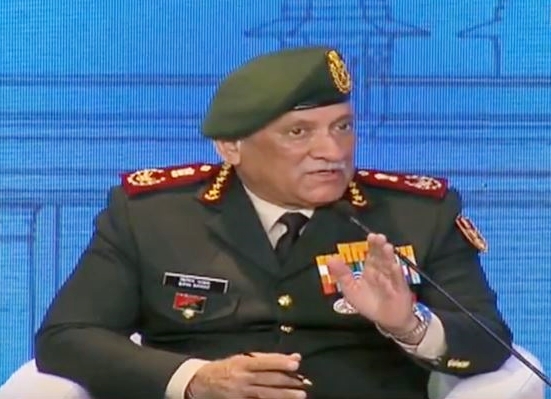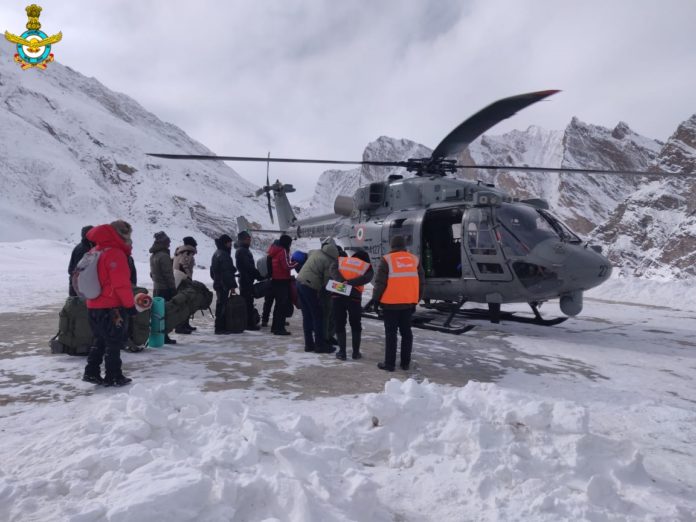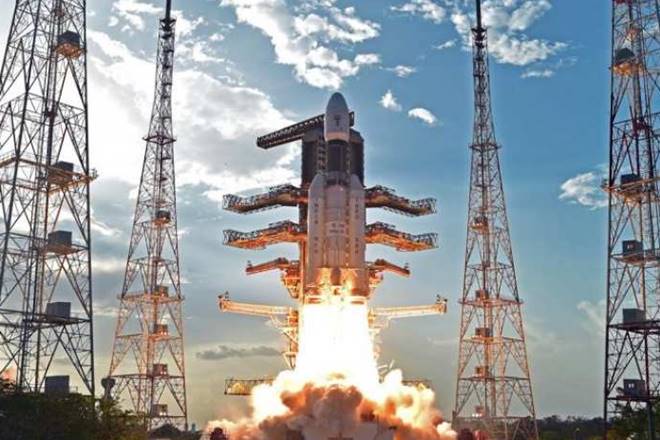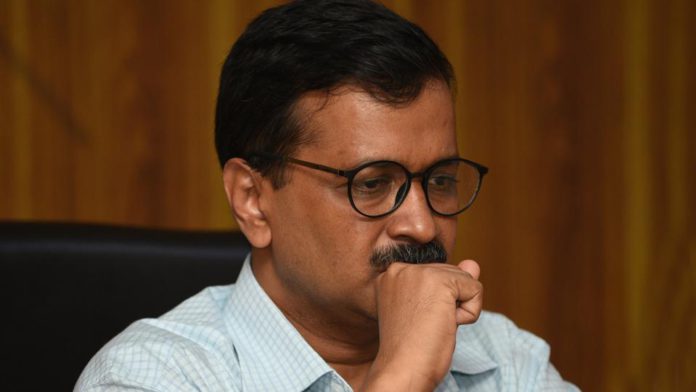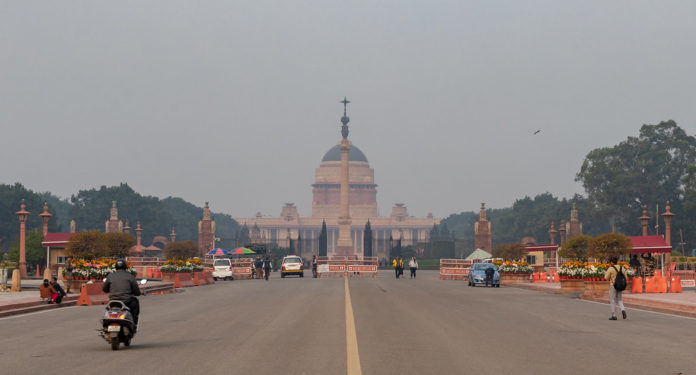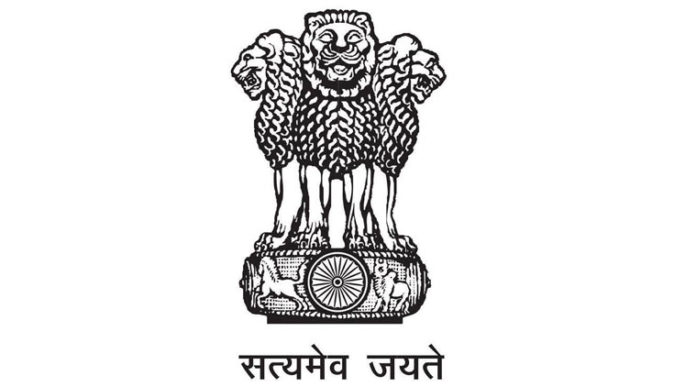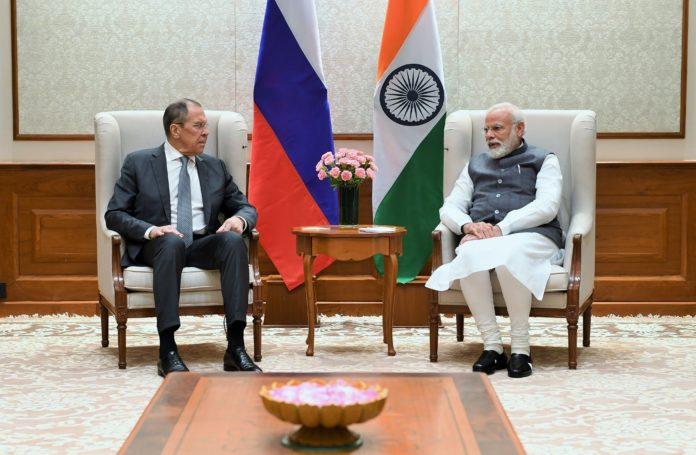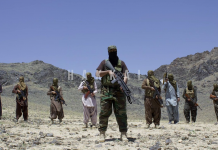New Delhi (NVI): Defence Minister Rajnath Singh today unveiled new K9 Vajra-T self-propelled 155 mm Howitzer guns and said these future-ready combat vehicles meet requirements of 21st century warfare.
Under the K9 Vajra contract given to Larson and Toubro (L&T), 100 such systems have to be delivered in 42 months, which is the largest contract awarded by the Ministry of Defence to a private company.
K Vajra-T guns weigh 50 tonnes and can fire 47 kg bombs at 43 km distant targets. It also has the ability to turn around at zero radius.
The Armoured System Complex (ASC) at Hazira is a state-of-the-art complex to manufacture and integrate advanced armoured platforms.
“These future-ready combat vehicles meet the requirements of 21st century warfare, including deep fire support with its longer firing range,” the Defence Minister said.
Singh also said, “I have been told that more than 75 per cent of K9 Vajra has been manufactured in India. Over 5,000 people have got direct employment and more than 12,500 indirect employment through this complex. It is a matter of great pride,” he said. He congratulated L&T for delivering 51 of the 100 orders it received for K9 Vajra ahead of schedule and called for active participation of the private sector in defence manufacturing.
He reaffirmed the Government’s commitment to make India an arms manufacturing hub and net defence exporter.
“Our Government is open to new ideas and is determined to use the energy, entrepreneurship spirit and enterprise of the private industry in the defence sector,” he said.
The Defence Minister also listed out various far reaching reforms introduced by the government under ‘Make in India’ initiative to achieve $26 billion defence industry by 2025 and provide employment to 2-3 million people. “We wish to create an ecosystem that provides a platform to both public sector and private sector to work together and contribute to nation building through their strengths and experiences,” he added.
Some of the reforms highlighted by the Defence Minister include setting up of Defence corridors in Uttar Pradesh and Tamil Nadu, simplification of industry licensing process, increase in Foreign Direct Investment (FDI) cap, steps to promote defence exports, streamlining of Defence offset policy, establishing Defence Investor Cell, providing government-owned trial and testing facility to the private sector and schemes for start-ups and small & medium enterprises to promote innovation.
L&T Group Chairman AM Naik and officials of L&T were also present on the occasion.
Rajnath Singh was also shown the different manoeuvres of the K9 Vajra-T. He was driven around the Hazira complex, by the L&T officials, in the vehicle on which the gun was mounted.

